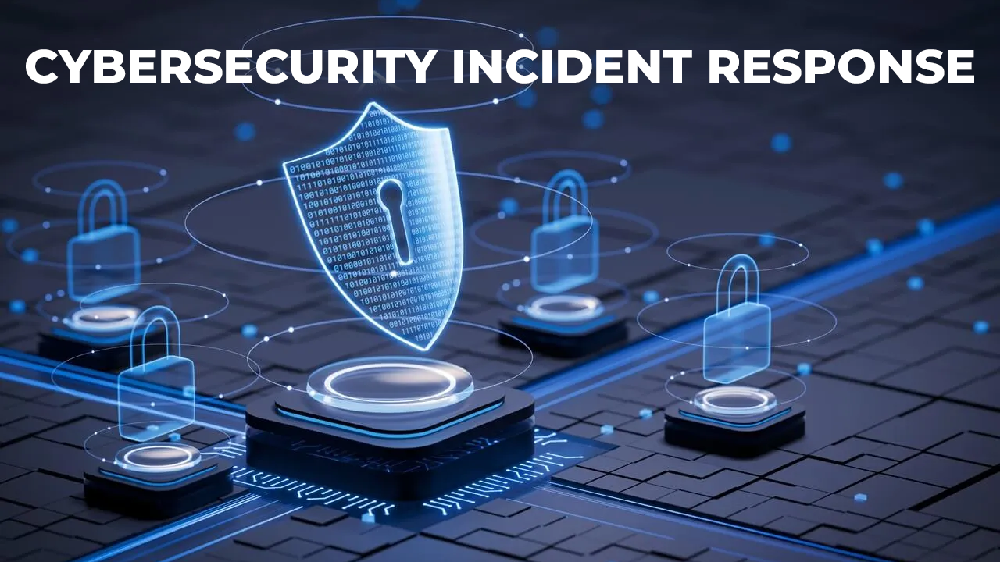Guide to Cybersecurity Incident Response
#NoDramas Guide to: Cybersecurity Incident Response
A practical handbook for businesses on what to do before, during, and after a cyber incident.
In today's digital landscape, the question for any business isn't if you'll face a cyber incident, but when. While the reality may spark chaos, this guide will help you respond with clarity and resilience.
1. Before the Storm: The Importance of Preparation
Preparation is your strongest shield against chaos. Here's how to get ready:
Incident Response Plan (IRP)
- Documented procedures, roles, communication protocols
- Contact lists (internal, legal, PR, MSPs, law enforcement)
Assemble Your Incident Response Team
Include an Incident Manager, Technical Lead, Communication Lead, and Legal Liaison.
Tools & Technology Readiness
- Endpoint Detection & SIEM
- Immutable, offsite backups
- Secure remote access
Training & Drills
Conduct tabletop exercises or breach simulations regularly.
Legal & Insurance Check
Be aware of notification laws and know your cyber insurance terms.
2. The Alarm Rings: Detection & Analysis
Recognize the Signs
- Ransom notes, locked files, blocked accounts
- Unusual traffic or antivirus alerts
Initial Triage & Confirmation
Verify the alert and define the scope of the breach.
Forensic Readiness
Preserve evidence: screenshots, logs, isolate but don’t wipe systems.
3. Stopping the Bleeding: Containment
Immediate Actions
- Isolate infected systems
- Disable accounts, block malicious IPs
Short-term vs Long-term Containment
- Short-term: Quarantine infected machines
- Long-term: Firewall reconfiguration, vulnerability patching
Prioritization
Focus on critical systems and sensitive data.
4. Cleaning Up & Getting Back Online: Eradication & Recovery
Eradication
Remove all threats completely: malware, backdoors, compromised accounts.
System Restoration
- Use clean backups or rebuild from scratch
- Apply all patches and secure configurations
Validation
Test all systems thoroughly, run security scans before full restoration.
5. Learning from Experience: Post-Incident Analysis
Lessons Learned Meeting
- What happened?
- What worked, what didn’t?
- Gaps in your IRP?
Update Policies
Refine your IRP, security posture, and controls.
Communication & Compliance
Report to regulators and inform your team.
Enhance Defenses
Train teams, upgrade tools, improve detection and prevention systems.

